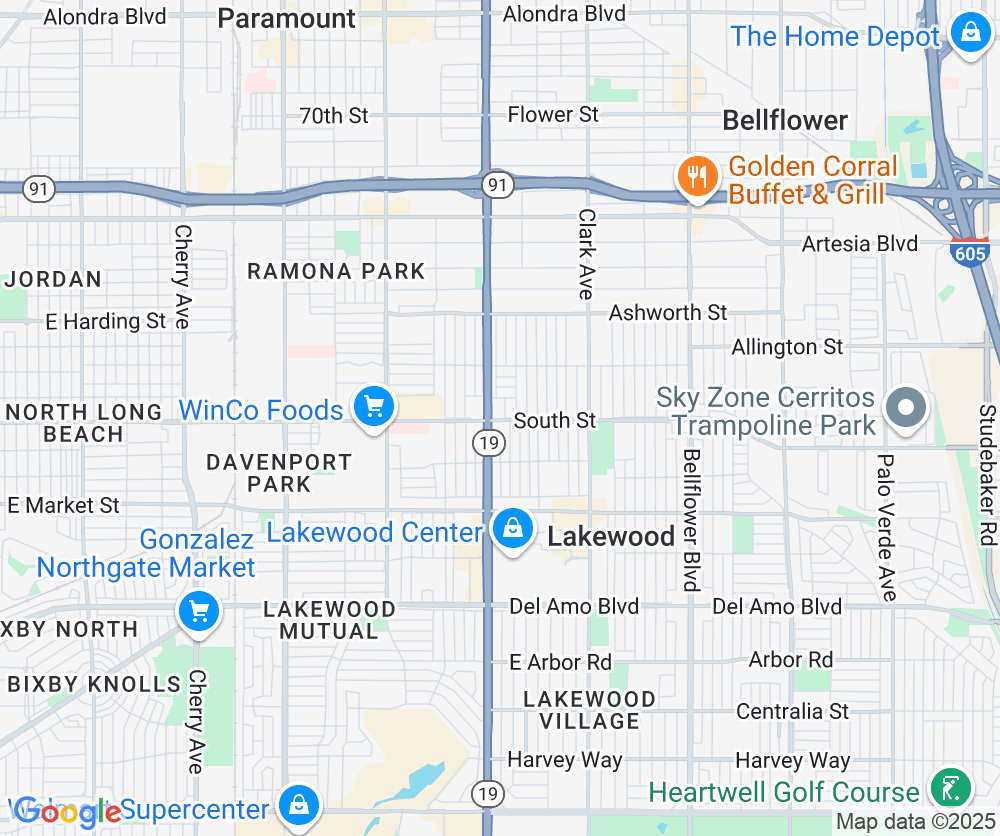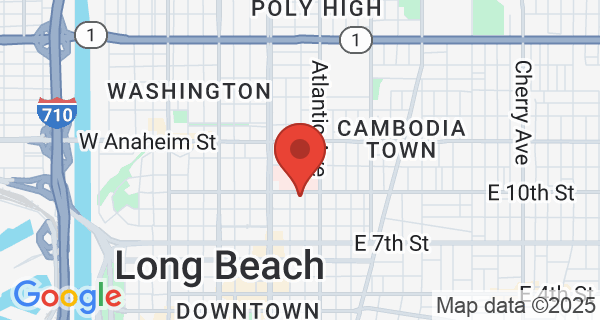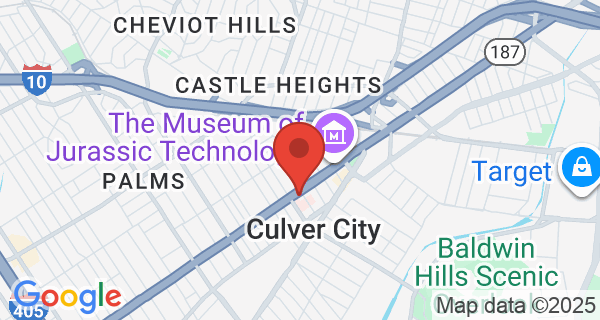- Home
- Meet the Team
- Bariatric Surgery
- Bariatric Surgery Overview
- Gastric Bypass Surgery
- Biliopancreatic Diversion with Duodenal Switch
- LAP-BAND®
- Sleeve Gastrectomy
- Tummy Tuck
- Revision Bariatric Surgery
- ORBERA™ Intragastric Balloon
- ReShape™ Non-surgical Weight Loss Procedure
- Body Contouring after Weight Loss Surgery
- Bariatric Surgery Recovery
- Lap Band to Sleeve
- Obalon Balloon System
- Non-surgical Weight Loss Procedures
- GERD Treatment (LINX®)
- Testimonials
- Reviews
- Locations
- Blog
- Photo Gallery
- Contact
- Site Map
Sticking to your healthy eating plan doesn't have to be hard when dining out. Here are some quick tips to try to incorporate when dining out and/or when ordering in food from postmates, grubhub, or any other fast easy method of getting your meals when you're hungry.
1. Remember to chew your food well and take at least 20 minutes to complete your meal. Chewing your food until it is a liquid consistency helps get the digestive process started in your mouth so you have less indigestion later on and better nutrient absoprtion which means more energy from your food. It also takes about 20 minutes for your brain to recognize when your stomach is full so the longer you chew the sooner you will be satisfied with less food. Fast eaters tend to be overeaters whereas slow eaters tend to eat less overall but are still satisfied.
2. Follow the plate method to make sure you get in adequate nutrients from your food groups. Making half your plate veggies helps to add in more fiber, antioxidants, polyphenols, water, and micronutrients to your overall diet which also helps to fill you up quicker. Even if your food doesn't come with vegetables you can always ask for a side or an a la carte vegetable option on the menu. Ask for them to be made steamed or raw. Avoid sauteed or grilled veggies which means they will add a lot of oils or butter. Choose entrees such as salads with chicken or fish and beans and veggies or bowls that have a balance of protein, veggies, and complex carbs.
The other half of the plate should come from 1/4 lean proteins (ex: all white meat chicken, turkey, egg whites, fish, tempeh, or tofu) about the size of the palm of your hand (3-4 oz) and 1/4 from your complex high fiber carbs (ex: includes beans, lentils, peas, corn, wild rice, quinoa, winter squashes, sweet potatoes, baked potatoes with the skin and no added butters or sourcreams. Your portion for complex carbs should be about 1/2 to 1/3 cup.
3. Always ask for dressing or sauces be put on the side with salads, sandwiches, wraps, etc. You never know how much of it they will put on your food and it's better to control how much you want to eat of them. Use salsa, mustard, vinegars, and hot sauce (if tolerated) for condiments instead of creamy or oily dressings and sauces.
4. For sandwich toppings choose tomatoes, lettuce, onions, avocados, and olives. Avoid the creams, butters, oils, and secret sauces.
5. Don't go out to eat when you're overly hungry. You will likely overeat. If you are ravenous start out with a small cup of soup, preferably vegetable or bean soup and avoid cream soups. Or have some fresh fruit. Avoid the bread basket as it is easy to over eat bread before a meal. Remember you want to save room for the main meal.
6. Read how the dish is described on a menu to tell how it's prepared. For example words including "grilled," "broiled" or "steamed," mean the food is cooked with less fat, whereas dishes with descriptions such as "fried," "breaded," "smothered," "alfredo," "rich" and "creamy" are mostly made of fat.
7. Don't be afraid to make modifications to your order! For example, you can always ask for a salad in place of the fries or chips that often come with a meal. You can also ask for items to be made without oil or cheese.
You can also make up your own dish by asking if the chef can prepare for you a plate of grilled chicken or fish and steamed veggies.
If you enjoy dining out or ordering in you can still keep it healthy. All it takes is some preparation and thoughtful substitutions to keep your meals nutritious, tasty, balanced and satisfying.





